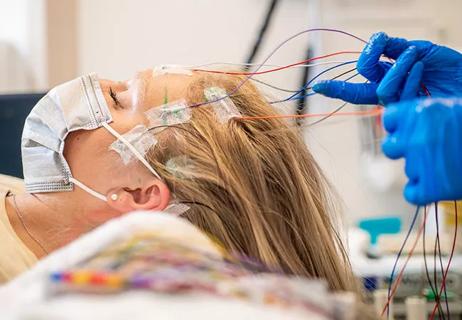
Phenotypic clustering study reveals four distinct disease trajectories

Research combining genomics, database analysis and RNA sequencing suggests possible role for antiviral drug therapy

Promising preclinical research indicates functional motor recovery is durable

Systems genetics approach sets stage for lab testing of simvastatin and other candidate drugs
Advertisement
Cleveland Clinic is a non-profit academic medical center. Advertising on our site helps support our mission. We do not endorse non-Cleveland Clinic products or services. Policy

First full characterization of kidney microbiome unlocks potential to prevent kidney stones

Combining dual inhibition with anti-PD1 therapy yielded >60% rate of complete tumor regression

MRI classifier identifies a subset of patients with disease marked by cortical atrophy, not demyelination

Model relies on analysis of peri-ictal scalp EEG data, promising wide applicability

Researchers identify potential path to retaining chemo sensitivity

$3.2 million grant will fund use of calcium-based imaging to record neuronal activity in ischemia model
Advertisement
Advertisement